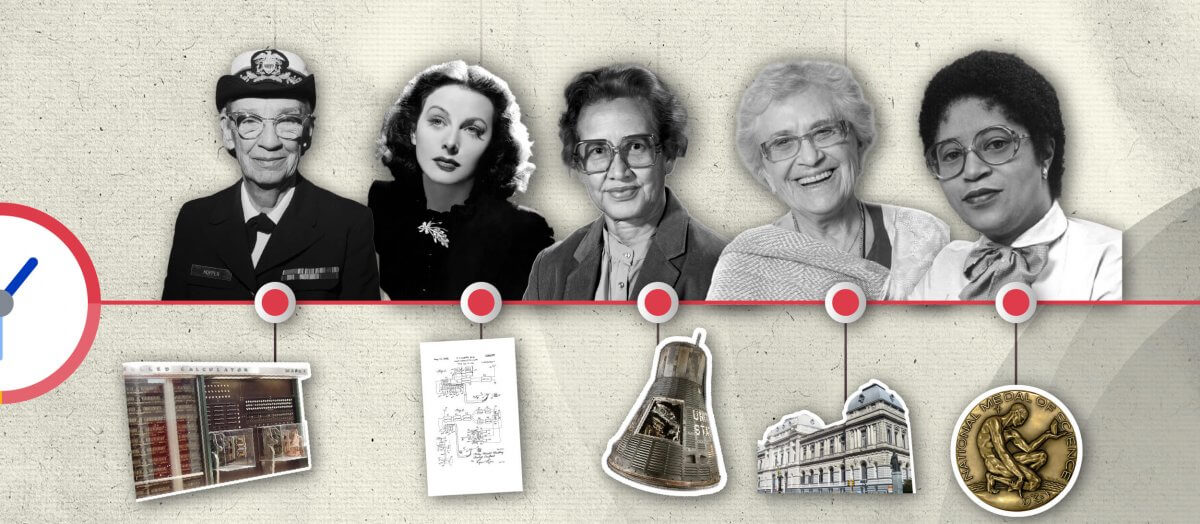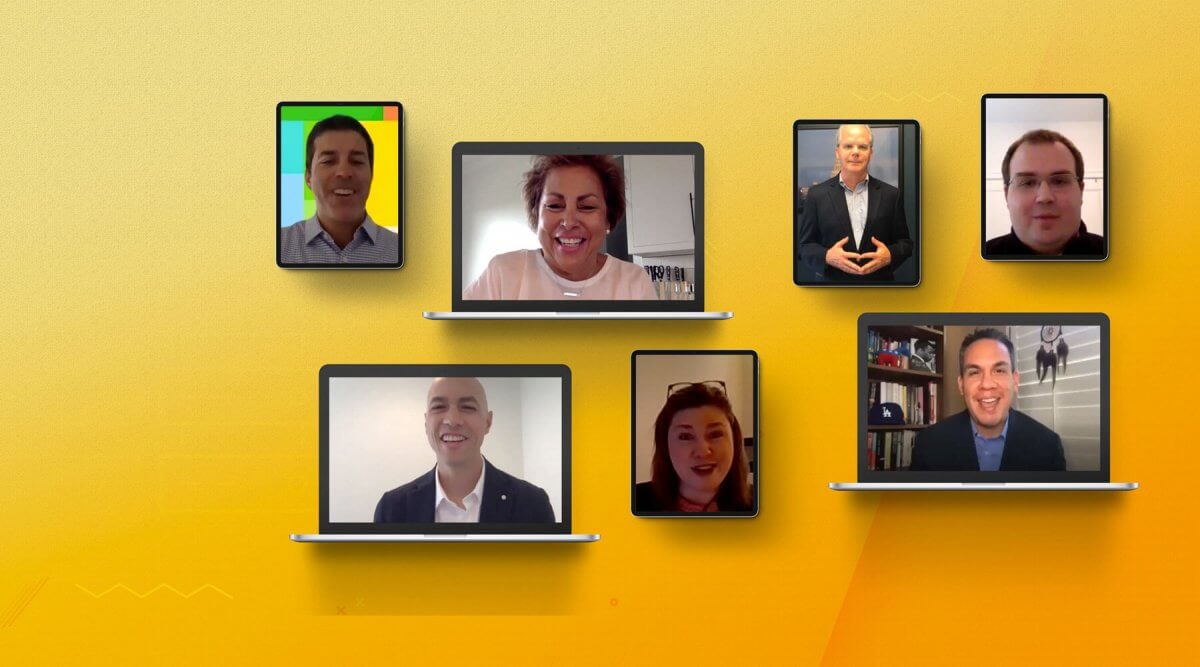
On April 26 each year, the World Intellectual Property Organization celebrates “World Intellectual Property Day.” This year, WIPO explains the theme as “explor[ing] how innovation is making our lives healthier, safer, and more comfortable, turning problems into progress…at how the intellectual property system supports innovation by attracting investment, rewarding creators, encouraging them to develop their ideas, and ensuring that their new knowledge is freely available so that tomorrow’s innovators can build on today’s new technology.”
It is no accident that the United States is home to the most creative and advanced technology industries in the world. From our founding, our nation’s leaders recognized that delicate balance in IP necessary to foster tomorrow’s innovators:
To promote the Progress of Science and useful Arts, by securing for limited Times to Authors and Inventors the exclusive Right to their respective Writings and Discoveries. – US Constitution
To achieve this balance, the law must rightly reward creators and innovators with protection for novel, useful ideas and unique expressions, while at the same time considering the public’s interest in accessibility of works and the ability to build upon prior works for the future.
A timely and critical example of achieving this balance is in the post grant review procedures set forth in 2011’s America Invents Act. Recognizing that low quality patents ultimately stifled innovation by shifting resources away from development and into frivolous litigation, Congress provided the Patent and Trademark Office with new procedures to quickly and fairly weed out patents that should’ve never been granted in the first place. Prioritizing high-quality work over pure quantity of patent claims provides reward for truly novel ideas while allowing innovators to fuel tomorrow’s advancements without trolls getting in their way. The result is a balanced system that fosters new technological advancements.
Another longstanding and foundational example of balance in the copyright context is fair use – a doctrine that provides important flexibilities for content to be reproduced for criticism, comment, news reporting, teaching, scholarship, or research. Industries relying on fair use generated $4.6 billion in revenue according to a 2011 report, and this foundational doctrine serves as a touchstone to the US internet economy. Fair use facilitates access and expression, including in the form of follow-on works that in turn fuel further creativity.
Policymakers work is far from done on maintaining this delicate balance;
in the face of new technologies, there are constant threats both domestically and in global markets to upend these efforts. Lawmakers must remain committed to the best policies for the public interest in innovation and creativity, rather than the narrow interests of specific industries.










